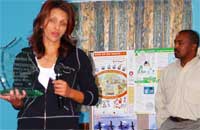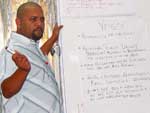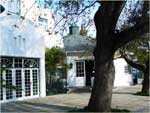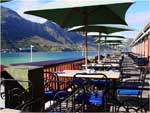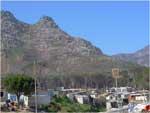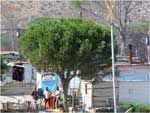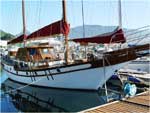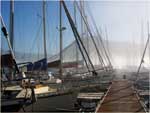The Art of Digital Prints
by Thomas Mihal, Positive Imaging
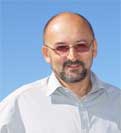
Ever since man has tried to express himself in images and pictures he has used some form of printing-method. There are caves with
handprints in different colours dating back many thousand years. The native Australians decorated their musical instruments and tools with handprints and other images. Later all sorts of engravings and etchings were used to make more prints from one work of art.
Blocks were used in the Far East to print textiles.
Henry de Toulouse Lautrec printed
posters from stones and long after Gutenberg, artists like Andy Warhol used
Silkscreen as an effective art form. Printmaking was always a way to get more than one original out of one design.
When the
photocopier was invented, it was meant to be a timesaving office machine but creative spirits, making all sorts of graphic effects immediately, adopted it.
Now we have a new medium to create and play with:
Digital Printing.
Photographers and graphic designers are now using a whole range of relatively new tools to work with. There is the
digital scanner and the
digital camera; there are a number of software programs and finally all sorts of
digital printing machines. These machines can print on almost any substrate from
paper,
board,
canvas,
silk, and
vinyl to transparent
plastics. The numerous applications are well known in the industry of visual communication.
The methods and skills used in digital printing have two “main roots”: The photographer’s and the printer’s craft.
The photographer wants to capture an image in the way he or she perceives it and then make it visible for other people and wants these people to see the image in the same way.
The printer wants to reproduce any given image as precisely as possible by applying colour management and gradation control. Conversions and colour profiles are used to suit every method of printing.
Of course, a medium as versatile as digital printing is extremely attractive for all kinds of creative people: to photographers, painters and everybody creating visible art. A special photographic effect that used to take hours and hours of trial and error in the darkroom can now be achieved in a fragment of this time, by using computer software, mouse and screen. The result can then be printed onto high quality photographic paper.
Any artist, who has experienced the frustration of seeing an illustration spoilt by a leaking pen or a sputtering airbrush, will appreciate the possibility to just “undo” the last few steps on the computer and try again. Most importantly when using sophisticated technologies: do not let the machine take over the creative process with the result ending up in a sterile image; the work has to come from your imagination and not from a software program.
For me the most exiting aspect of digital printing is the unlimited potential of combining all sorts of images in multiple ways. A camera can become an artist’s brush because images can be captured, manipulated and included in the artwork as required by the artist. Weather the Image is created by:
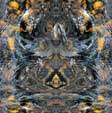

- Camera
- Paintbrush
- Pen
- Crayon
- Computer
or a combination of all, digital printing will make it a reality - something you can frame and mount on the wall.
The art of digital printing should be called “
Twenty-first Century Printmaking”. Just like a print from an engraving or a print from a photographic negative - a print from a digital file is an
original. It can be printed as limited, numbered and signed by the artist.
This fairly new technology has enormous potential to create personalised memorabilia like wedding albums, scrap books, holiday albums, posters e.g. since cameras, computers and printers are becoming more affordable.
Note from the editor: Thomas was born in Vienna and studied at the “Hoeheren Grafischen Lehr- und Versuchsanstalt”. Digital imaging is his dedication and he is exercising it over the last twenty years.










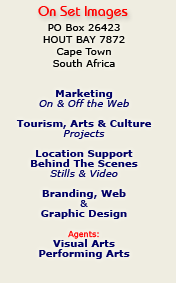

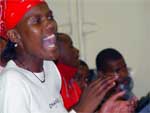

 Ever since man has tried to express himself in images and pictures he has used some form of printing-method. There are caves with handprints in different colours dating back many thousand years. The native Australians decorated their musical instruments and tools with handprints and other images. Later all sorts of engravings and etchings were used to make more prints from one work of art. Blocks were used in the Far East to print textiles.
Ever since man has tried to express himself in images and pictures he has used some form of printing-method. There are caves with handprints in different colours dating back many thousand years. The native Australians decorated their musical instruments and tools with handprints and other images. Later all sorts of engravings and etchings were used to make more prints from one work of art. Blocks were used in the Far East to print textiles.


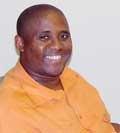
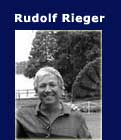 To Whom It May Concern: The editor of On Set Images News was part of a group of people trading as “Alternative Tourism”. Alternative Tourism comprised an enthusiastic team of free spirits but the uneven contribution by the team members would have eventually led to the future of On Set Images being put into jeopardy. As from December 2005 the editor’s work is solely focused on On Set Images.
To Whom It May Concern: The editor of On Set Images News was part of a group of people trading as “Alternative Tourism”. Alternative Tourism comprised an enthusiastic team of free spirits but the uneven contribution by the team members would have eventually led to the future of On Set Images being put into jeopardy. As from December 2005 the editor’s work is solely focused on On Set Images.

